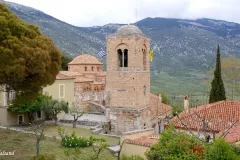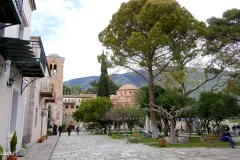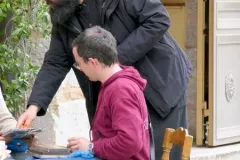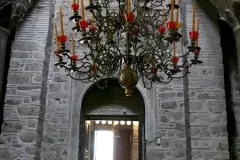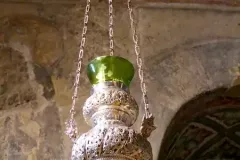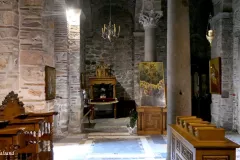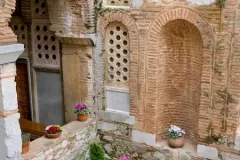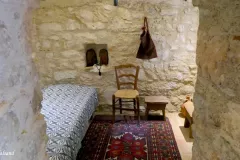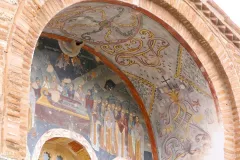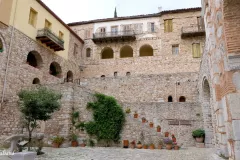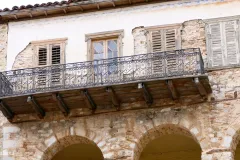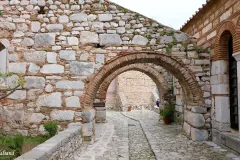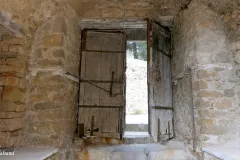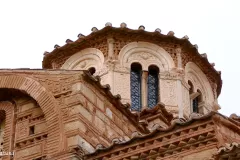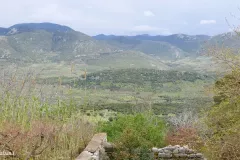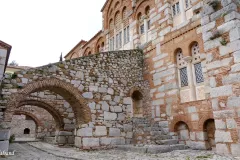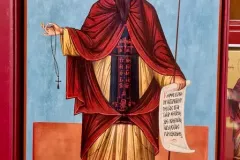The Monastery of Hosios Loukas is one of three monasteries representing the “second golden age of Byzantine art” on the World heritage list.
The UNESCO World Heritage List includes over a thousand properties. They have outstanding universal value and are all part of the world’s cultural and natural heritage.
Official facts
- Official title: Monasteries of Daphni, Hosios Loukas and Nea Moni of Chios
- Country: Greece
- Date of Inscription: 1990
- Category: Cultural
UNESCO’s World Heritage Centre’s short description of site no. 0537:
Although geographically distant from each other, these three monasteries (the first is in Attica, near Athens, the second in Phocida near Delphi, and the third on an island in the Aegean Sea, near Asia Minor) belong to the same typological series and share the same aesthetic characteristics. The churches are built on a cross-in-square plan with a large dome supported by squinches defining an octagonal space. In the 11th and 12th centuries they were decorated with superb marble works as well as mosaics on a gold background, all characteristic of the ‘second golden age of Byzantine art’.
What is “Byzantine”?
This is an excerpt from Wikipedia:
“The Byzantine Empire, also referred to as the Eastern Roman Empire or Byzantium, was the continuation of the Roman Empire primarily in its eastern provinces during Late Antiquity and the Middle Ages, when its capital city was Constantinople. It survived the fragmentation and fall of the Western Roman Empire in the 5th century AD and continued to exist for an additional thousand years until the fall of Constantinople to the Ottoman Empire in 1453. During most of its existence, the empire remained the most powerful economic, cultural, and military force in Europe.”
Read more in another article on Wikipedia.
My visit
I arrived at the Hosios Loukas monastery in the Easter week of 2023, on a road trip to several World Heritage Sites west and north of Athens. Contrary to my plans I unfortunately missed the Daphni Monastery outside Athens. It was not open the day I was around. In addition I almost missed the Hosios Loukas as well. The opening hours (0830-1530) were coming to a close, so I had to hasten through one of the churches and a gallery that still had not locked their doors.
After this I had time to freely admire the courtyards and exterior of the buildings. Also, I had the opportunity to relax in the shade of the trees outside. At this time, it was a tranquil place as well as being an active monastery. The view of the valley below is wonderful and the whole atmosphere calls upon a sentiment of relaxation and contemplation. Indeed, that is just what a monastery is all about.
Other sites
On my road trip in Greece I came across several other World Heritage Sites dating back to Greek’s Byzantine period. Mystras developed after the middle of the 13th century as the seat of the secular and ecclesiastical authorities of the Byzantine Empire in the Peloponnese. At Meteora I found a spectacular landscape with Byzantine monasteries on top of steep rocks.


